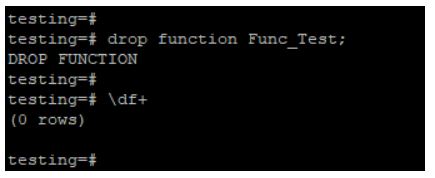

For example, you can use the MAX function to find the employees who have the highest salary or to find the most expensive products, etc. The MAX function is useful in many cases. Using filter is useful when you want to do multiple counts on a table: select count(1), - Count all users count(1) filter (where gender 'male'), - Count male users count(1) filter (where beta is true) - Count beta users count(1) filter (where active is true and beta is false) - Count active non-beta users from users.

See also Section 9.21 about the aggregate function array_agg for use with arrays. PostgreSQL MAX function is an aggregate function that returns the maximum value in a set of values. Select * from unnest(ARRAY, ARRAY) as x(a,b) → Since 9. The result of the aggregate is built from only the rows. This form is only allowed in a query's FROM clause see Section 7.2.1.4. The filter clause extends aggregate functions (like sum, avg or count) by an additional where clause. If the arrays are not all the same length then the shorter ones are padded with NULLs. Unnest ( anyarray, anyarray ) → setof anyelement, anyelement Įxpands multiple arrays (possibly of different data types) into a set of rows. The array's elements are read out in storage order. If the arrays are not of identical element types, they will be coerced to a common type (see Section 10.5).ĪRRAY || ARRAY → Įxpands an array into a set of rows. Concatenating a null or empty array is a no-op otherwise the arrays must have the same number of dimensions (as illustrated by the first example) or differ in number of dimensions by one (as illustrated by the second). Is the first array contained by the second?ĭo the arrays overlap, that is, have any elements in common?Īnycompatiblearray || anycompatiblearray → anycompatiblearrayĬoncatenates the two arrays. pattern is searched for in string, normally from the beginning of the string, but if the start parameter is provided then beginning from that character index.

It has the syntax regexpcount(string, pattern, start, flags). Does the first array contain the second, that is, does each element appearing in the second array equal some element of the first array? (Duplicates are not treated specially, thus ARRAY and ARRAY are each considered to contain the other.) The regexpcount function counts the number of places where a POSIX regular expression pattern matches a string.


 0 kommentar(er)
0 kommentar(er)
